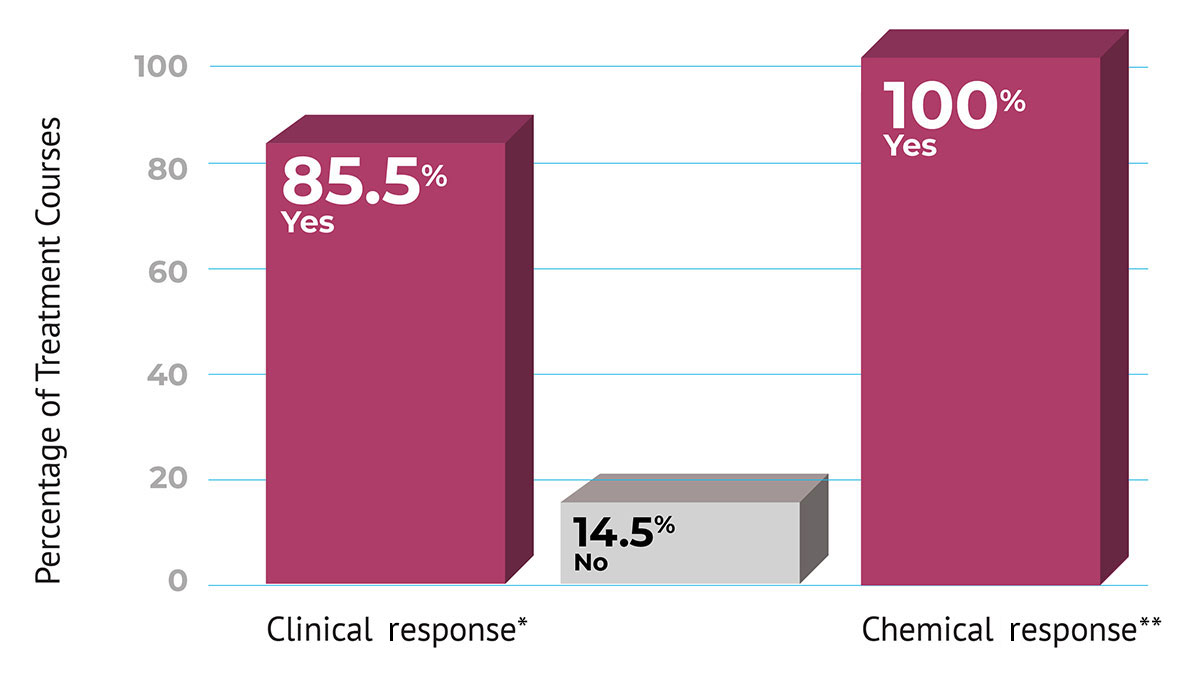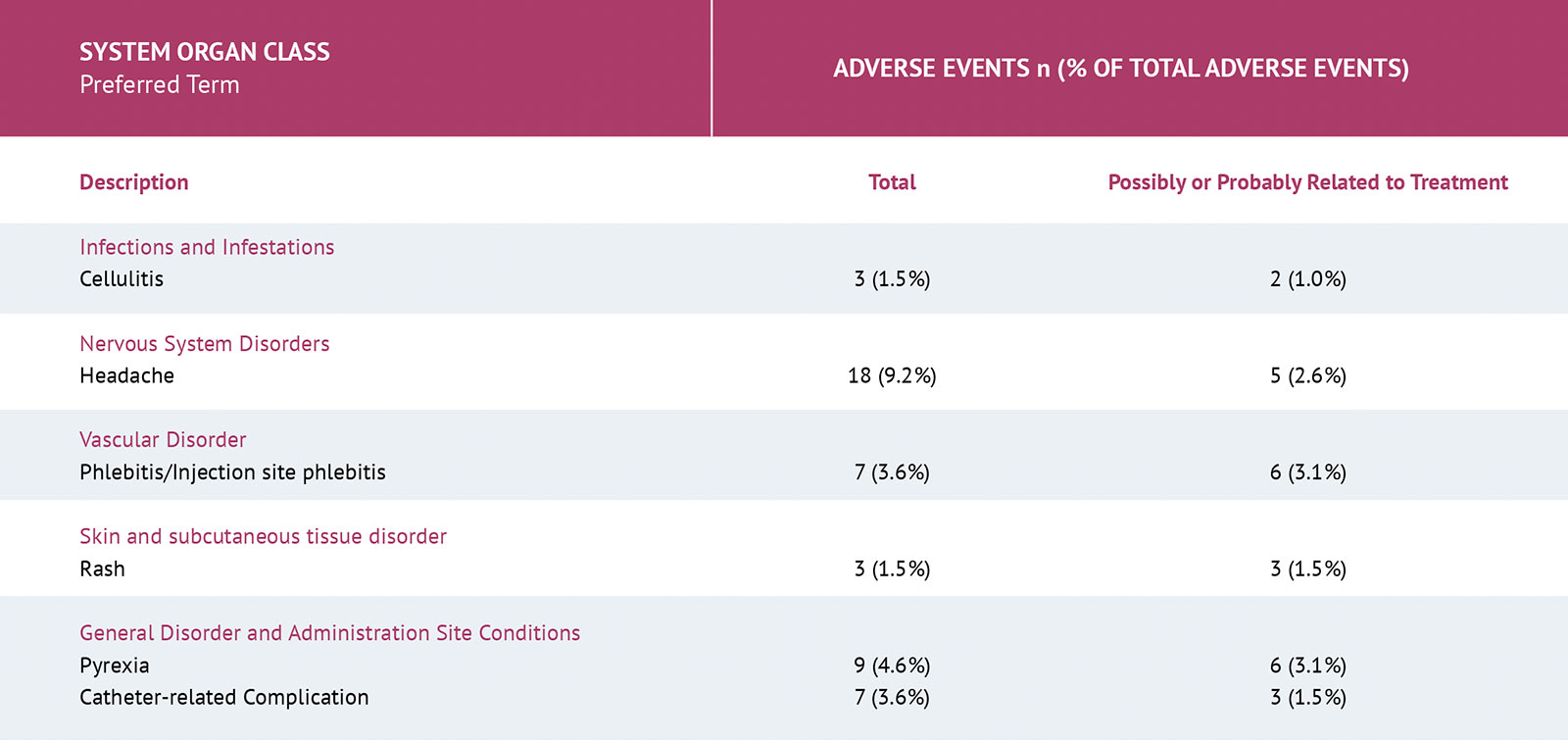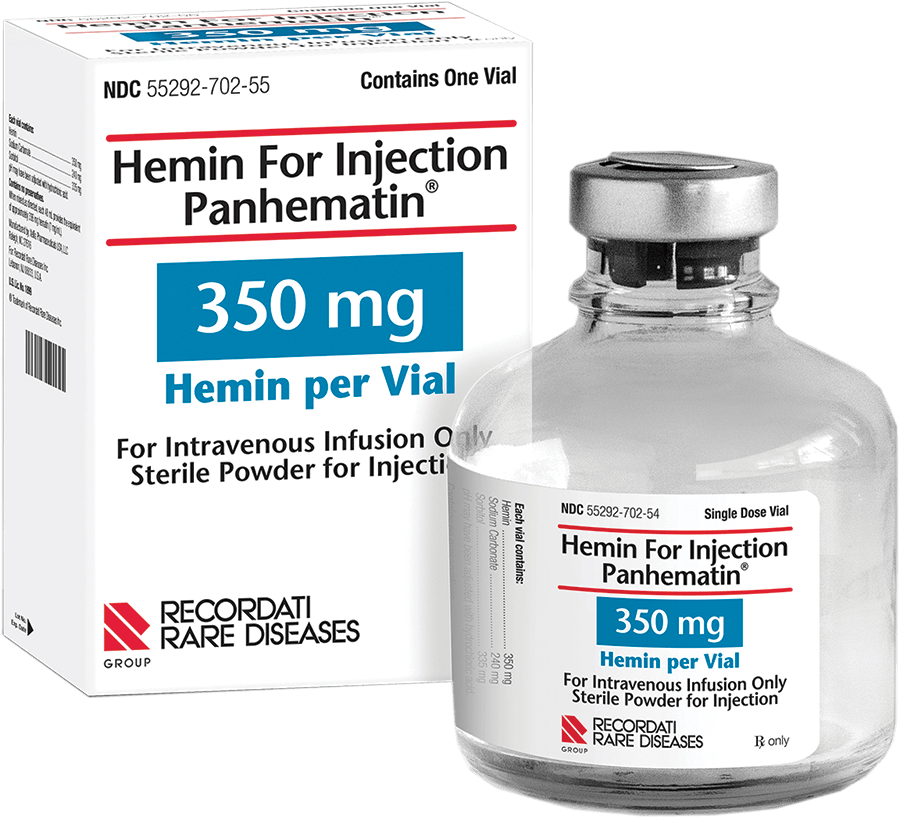DISCLAIMER
This site contains medical information that is intended for Healthcare Professionals in the United States only and is not meant to substitute for the advice provided by a medical professional. All decisions regarding patient care should be made considering the unique characteristics of the patient. Use and access of this site is subject to the terms and conditions as set out in our PRIVACY POLICY and TERMS OF USE.
The characters depicted are actors and not healthcare professionals or actual patients. PANHEMATIN is manufactured by: Indivior Manufacturing LLC Raleigh, NC 27616




